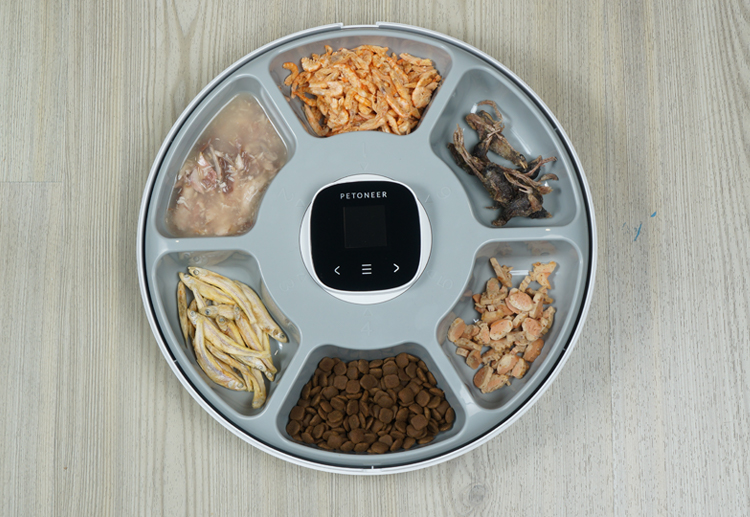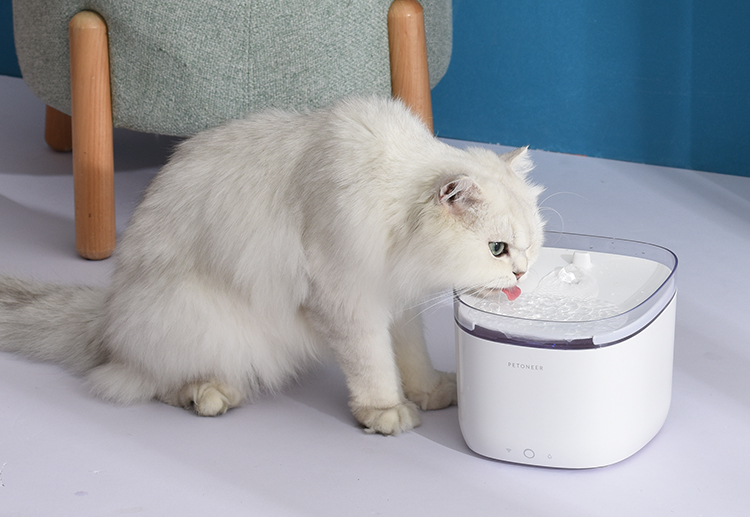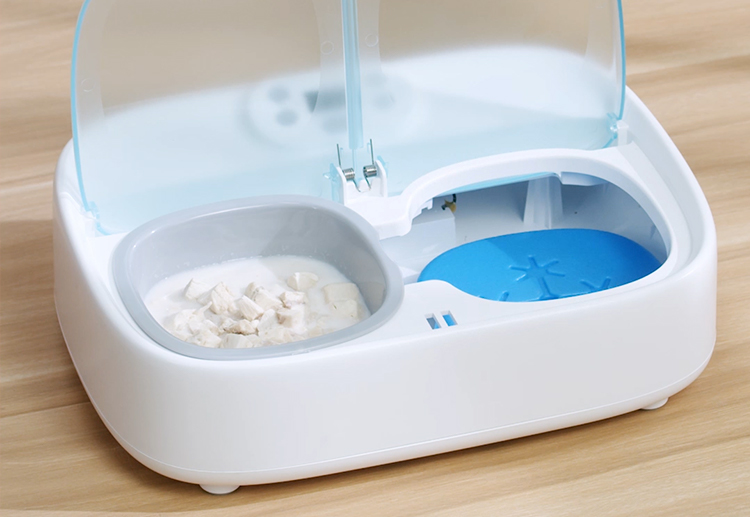Choosing the right food for your cat can be overwhelming with so many options available. While dry kibble is convenient and commonly used, wet food offers significant health benefits—especially because many cats don’t drink enough water on their own.

- Why Should Cats Eat Wet Food?
- How Long Can You Leave Wet Food Out?
- How to Choose the Right Wet Food for Your Cat?
Why Should Cats Eat Wet Food?
A wet food diet is beneficial for all cats, but it’s especially important for male cats, who are more prone to urinary tract obstructions. These blockages can be extremely painful and even life-threatening if not treated promptly.
One of the biggest advantages of wet food is hydration. Cats are naturally low water drinkers due to their desert ancestry. Although their kidneys can concentrate urine efficiently, this puts them at risk of chronic dehydration, which may lead to:
- Bladder inflammation (cystitis)
- Urinary tract infections
- Formation of crystals or urinary stones
As the veterinary saying goes: “The solution to pollution is dilution.” By increasing water intake—via wet food—you help flush out toxins and minerals from your cat’s urinary tract before they become a problem.
Wet Food: A Convenient Way to Keep Cats Hydrated
Cats instinctively drink only small amounts of water, which may not be enough to support kidney and urinary health. Wet food mimics the moisture content of their natural prey (about 70–80% water), making it an easy way to supplement their fluid intake without needing to force them to drink from a bowl.

Nutritional Balance Matters
In addition to hydration, wet food can help maintain a healthy macronutrient balance. Experts recommend that cats consume a diet consisting of:
- 50–60% protein
- 30–40% fat
- <10% carbohydrates
Such a diet supports:
- Lean muscle maintenance
- Healthy weight
- Lower risk of diabetes and obesity
Cats are obligate carnivores, meaning their bodies are designed to process animal proteins, not carbohydrates. Many dry foods contain high amounts of plant-based ingredients and fillers, which can contribute to health issues over time.
How Long Can You Leave Wet Food Out?
Unlike dry kibble, wet food is perishable once opened. When exposed to air—especially in warm environments—it can quickly become a breeding ground for bacteria.
General rule:
- At room temperature: remove uneaten wet food after 1–2 hours
- In cooler environments or with proper storage: up to 4–6 hours may be acceptable
Tip: Use a chilled pet feeder to extend the freshness. The Petoneer Two-Meal Feeder comes with dual ice packs to maintain temperature and humidity, preserving the quality of wet food even during warmer months.

How to Choose the Right Wet Food for Your Cat?
Here’s what to look for when selecting wet food:
High in animal-based protein – Look for meat or fish as the first ingredient
Low in carbohydrates – Avoid fillers like corn, wheat, or rice
Adequate fat content – Cats need fat for energy and nutrient absorption
No artificial additives – Choose products without chemical preservatives or colors
Remember: A water-depleted, high-carb diet increases the risk of urinary disease and diabetes in cats. By choosing the right wet food, you’re making a big step toward supporting your cat’s long-term health.
A Happier, Healthier Cat Starts with What You Feed
Feeding your cat wet food isn’t just about taste—it’s a proactive choice for their health. By ensuring they stay hydrated and well-nourished, you’re helping prevent common but serious health problems.
Let’s give our fur-babies the healthy and happy life they deserve!
